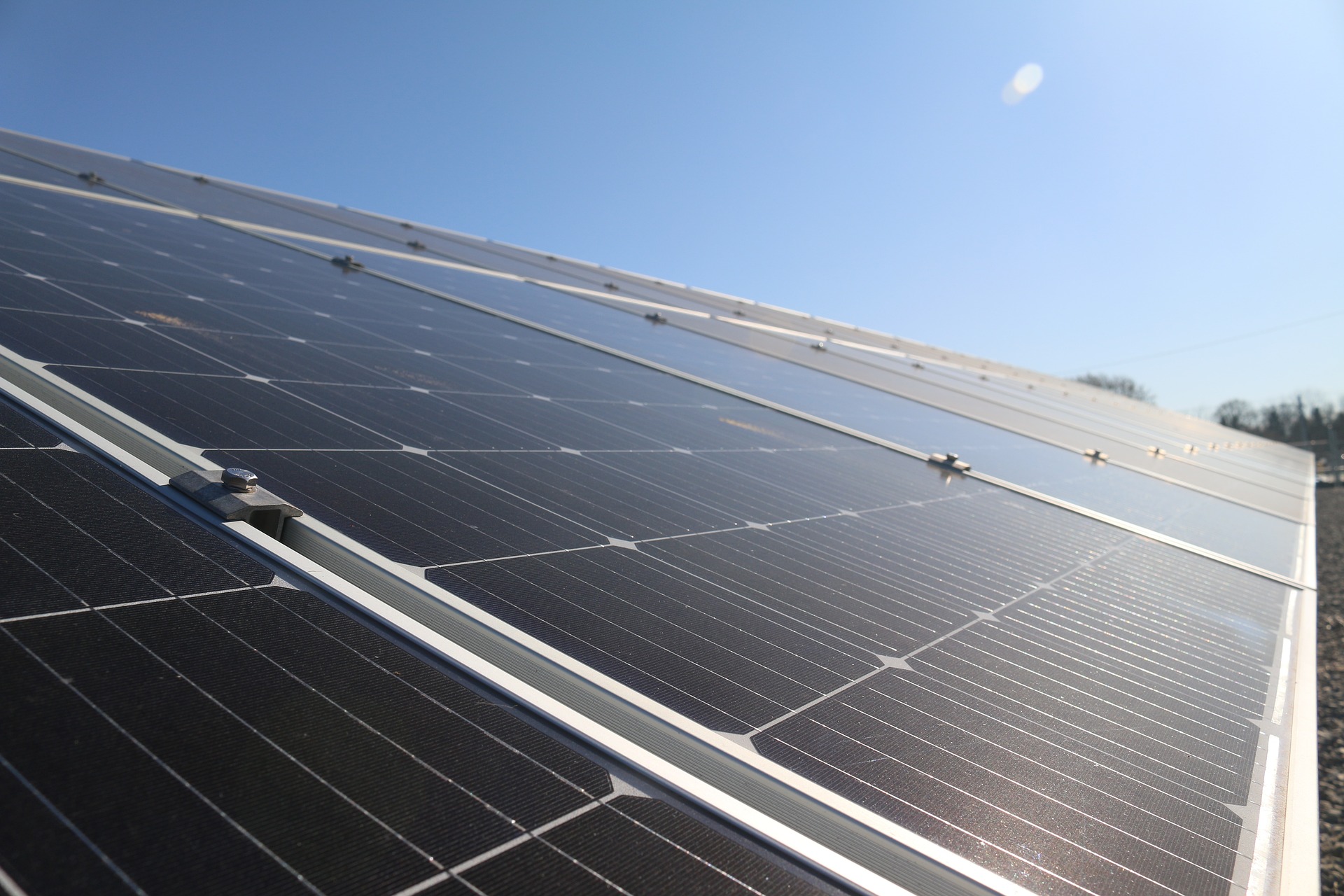Sizing Storage and Distribution for Efficient Compressed Air Use
Efficient compressed air systems depend on correctly sized storage and well-planned distribution. This article explains how storage volume, receiver placement, piping layout and control strategies work together to reduce pressure fluctuations, improve energy use, and support automation and IoT monitoring in modern facilities. Practical considerations for engineers and facility managers are included.
Efficient compressed air use starts with recognizing that storage and distribution are as critical as the compressor itself. Storage buffers pressure swings, supports peak demand, and enables better control strategies. Distribution — piping, fittings, valves and layout — determines pressure drop, leak exposure and responsiveness to automation. Together these elements affect electricity consumption, operational reliability and environmental outcomes.
How can IoT improve storage monitoring?
IoT sensors on receivers and remote pressure points allow continuous monitoring of state-of-charge, temperature and leak detection. Data feeds into dashboards and predictive models so control systems can adjust compressor staging and avoid unnecessary cycling. Geospatial tagging of sensors helps map distribution networks in large facilities or multi-building campuses, enabling targeted maintenance and reducing network losses. Integration with enterprise systems supports trending and benchmarking for engineers and facility managers.
What role does assembly line automation play?
Assembly line automation imposes predictable and sometimes pulsed air demands. Sizing receiver volume to smooth those pulses prevents pressure dips that can affect tool performance or product quality. Automation sequences should be coordinated with compressor controls and storage capacity: when multiple actuators fire simultaneously, adequate storage reduces the need for oversized compressors. Collaboration between production engineers and maintenance ensures system responsiveness without excessive energy use.
How does electricity and photovoltaic affect sizing?
Electricity costs often drive decisions on compressor and storage sizing. Where photovoltaic or other on-site generation is present, storage can be used to shift compressor operation to low-cost or low-carbon intervals, aligning run times with renewable output. Consider the variability of PV output and include sufficient receiver capacity or thermal storage strategies to bridge short-term dips. Properly sized storage can reduce peak electrical demand charges and lower carbon emissions associated with purchased electricity.
What should an engineer consider for customization and integration?
An engineer sizing storage and distribution should evaluate demand profiles, response time requirements, allowable pressure drop and room for customization. Pipe diameters, material selection and routing influence both initial cost and long-term performance; larger diameter mains reduce pressure loss but increase upfront cost. Integration with automation platforms and compressor controls should be planned early so receivers, valves and sensors work as a coordinated system. Industrial equipment layouts and interior design constraints in occupied spaces may also affect placement decisions.
How do environment and carbon emissions factor into design?
Reducing leaks, avoiding unnecessary cycling and optimizing pressure levels all lower electricity use and associated carbon emissions. Storage allows compressors to run at efficient loads and avoid frequent start/stop cycles that increase wear and energy. In outdoor or partially exposed installations, consider weather impacts on receivers and insulation needs. Environmental planning also includes noise mitigation, safe condensate handling and compliance with local services and permitting requirements.
How should a facility balance distribution with career and networking objectives?
Distribution planning is technical, but it intersects with people-focused goals: mentoring and reverse mentoring programs help share tacit knowledge on system operation between experienced technicians and newer staff. Career development opportunities in compressed air system optimization can attract and retain talent. Networking with peers, vendors and local services supports access to best practices. Geospatial layouts, clear documentation and labeled mains make training more effective and reduce the risk of configuration errors during maintenance.
Conclusion
Sizing storage and planning distribution are practical exercises that balance system performance, energy use and operational needs. Thoughtful receiver sizing, low-loss piping, and integration with IoT and automation reduce pressure variability and electricity consumption while supporting production goals. By combining technical analysis with attention to facility layout and staff development, organizations can run compressed air systems more reliably and with lower environmental impact.






